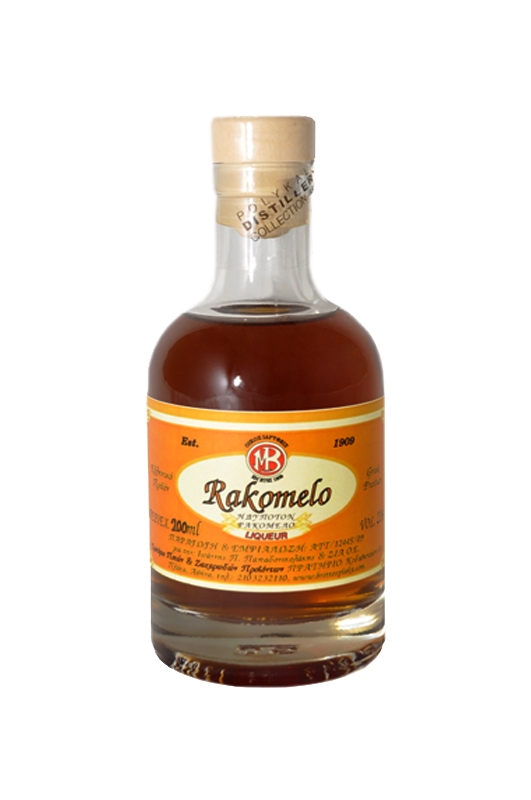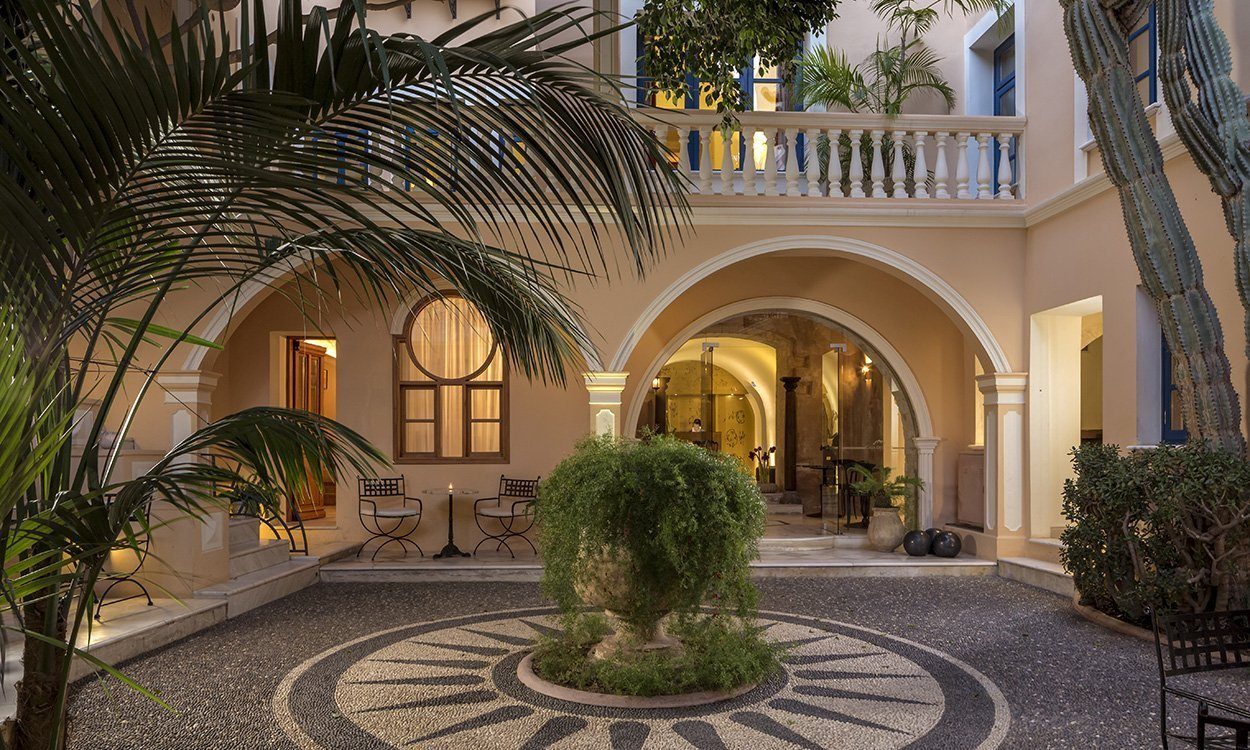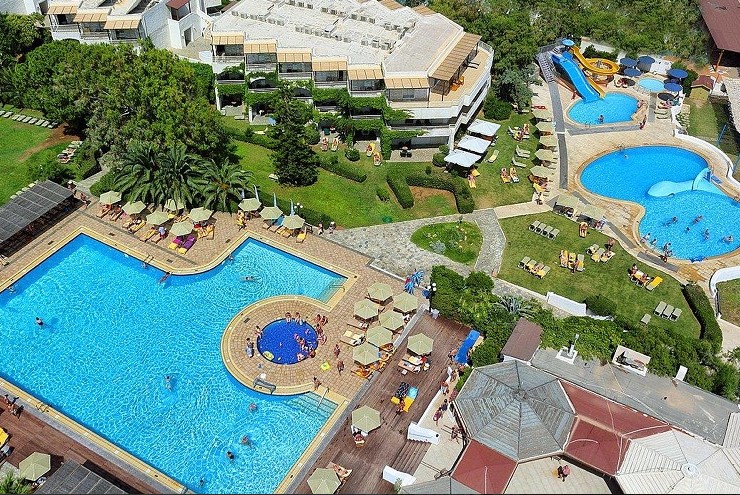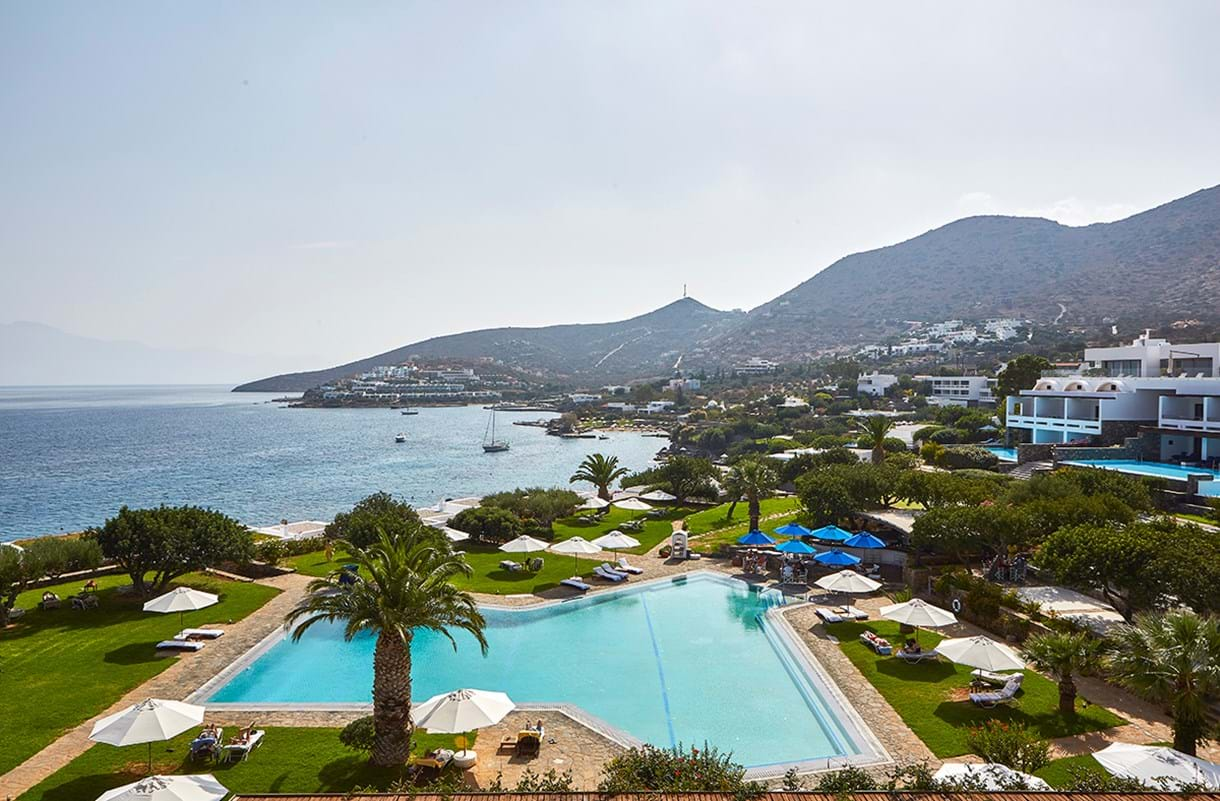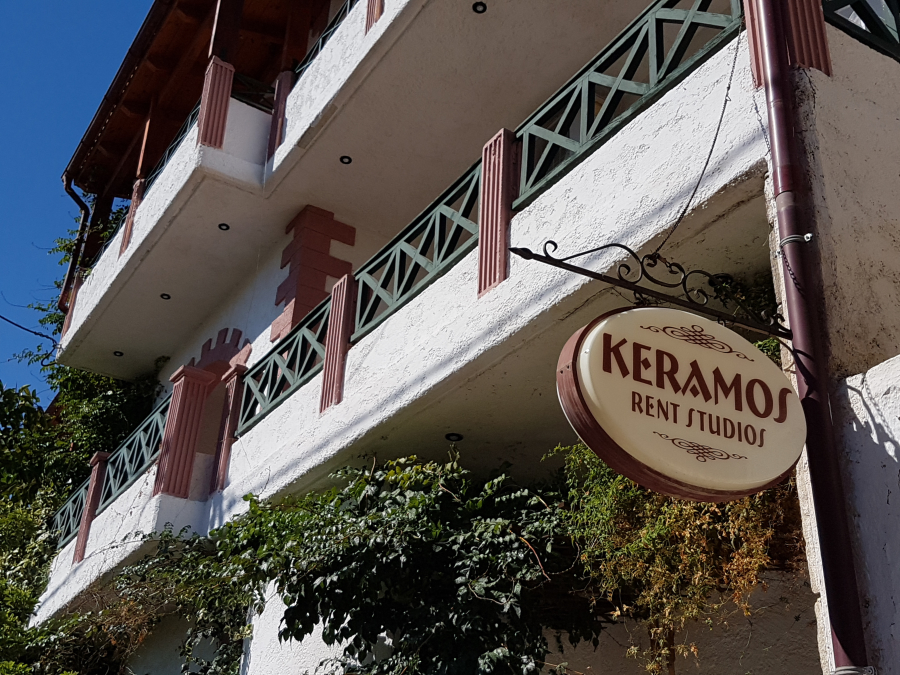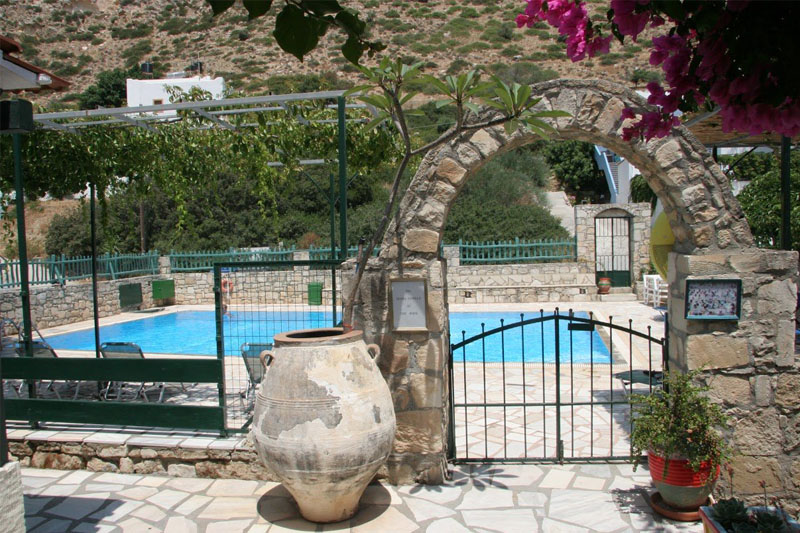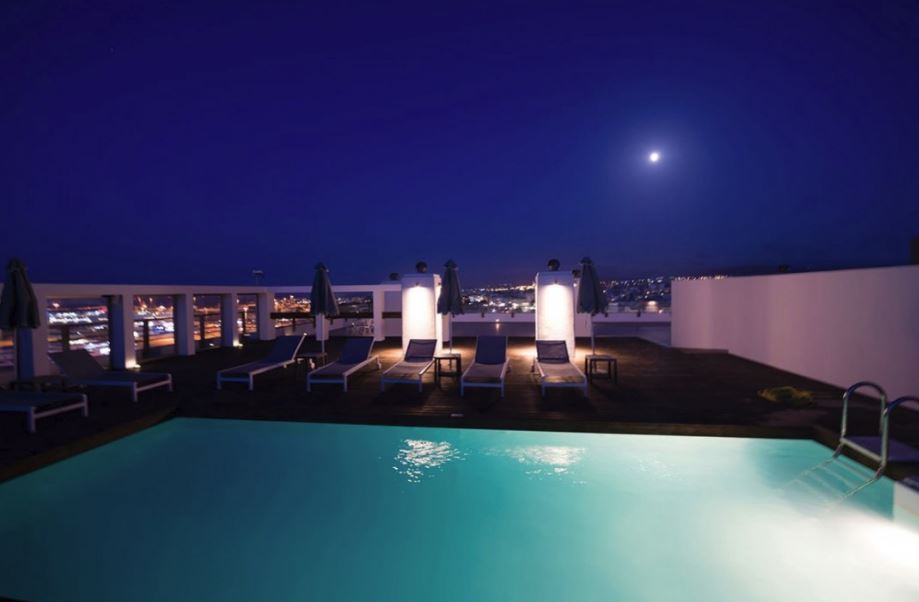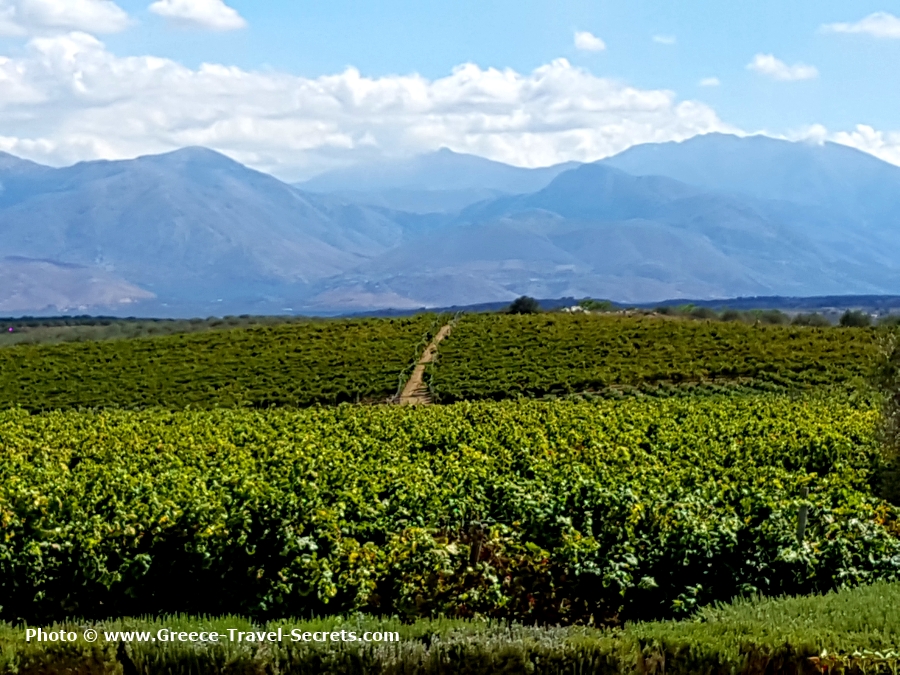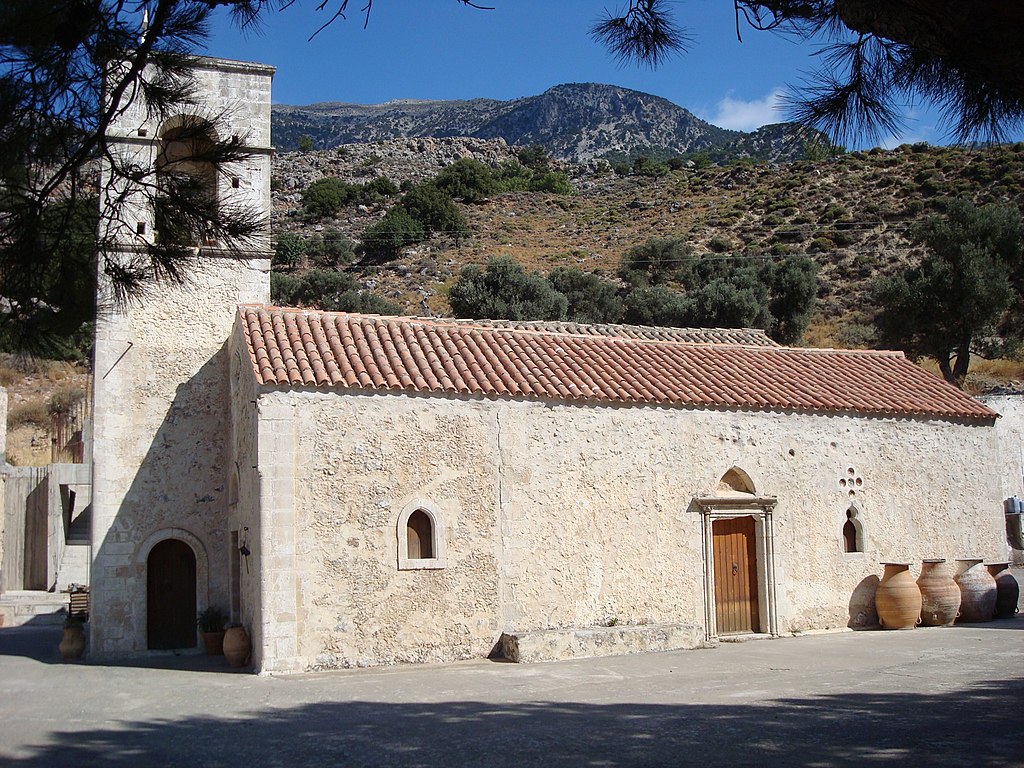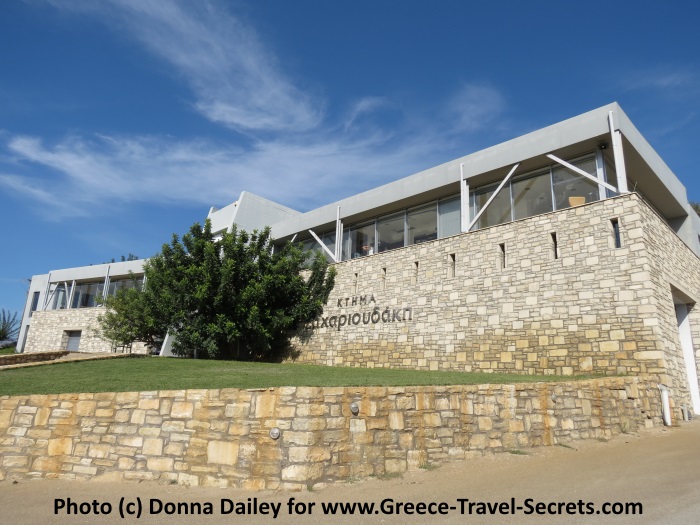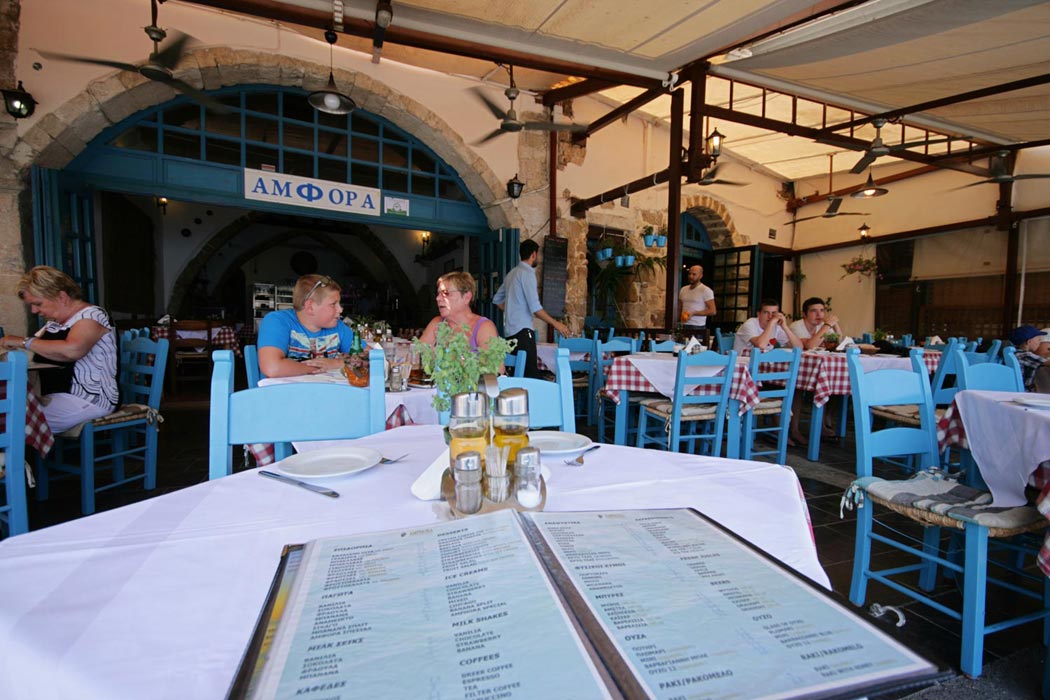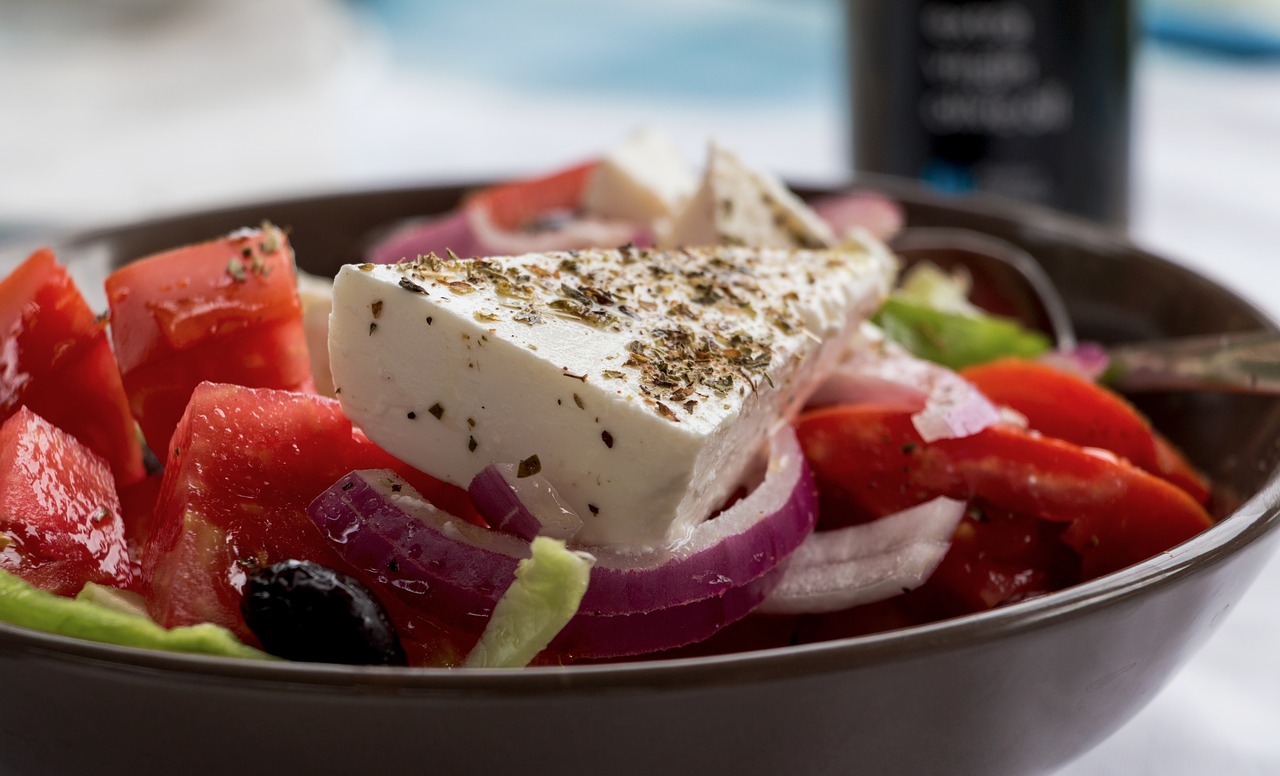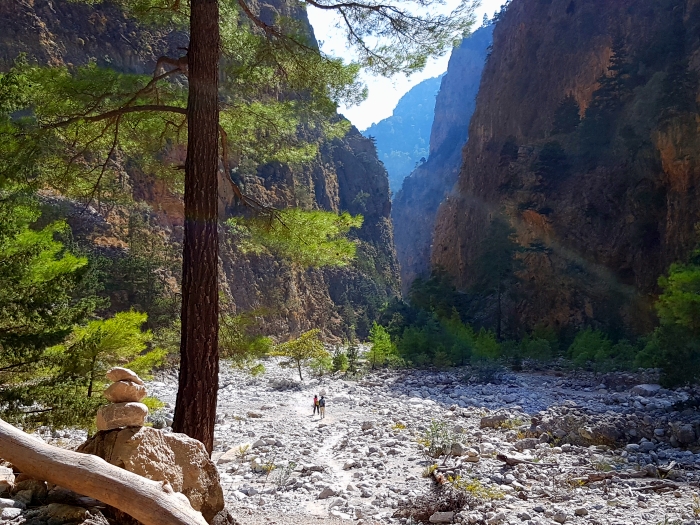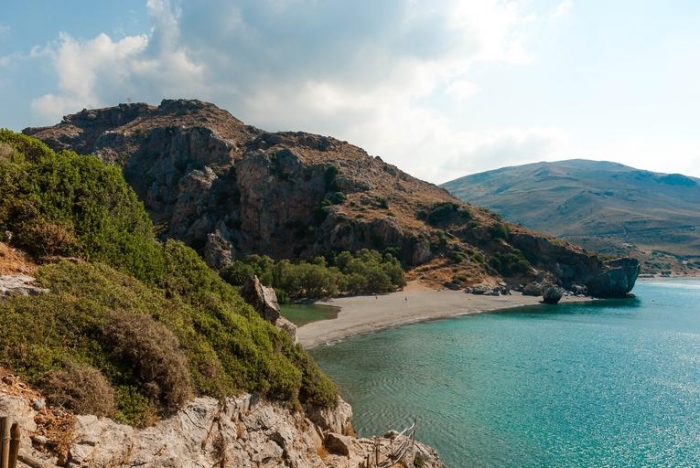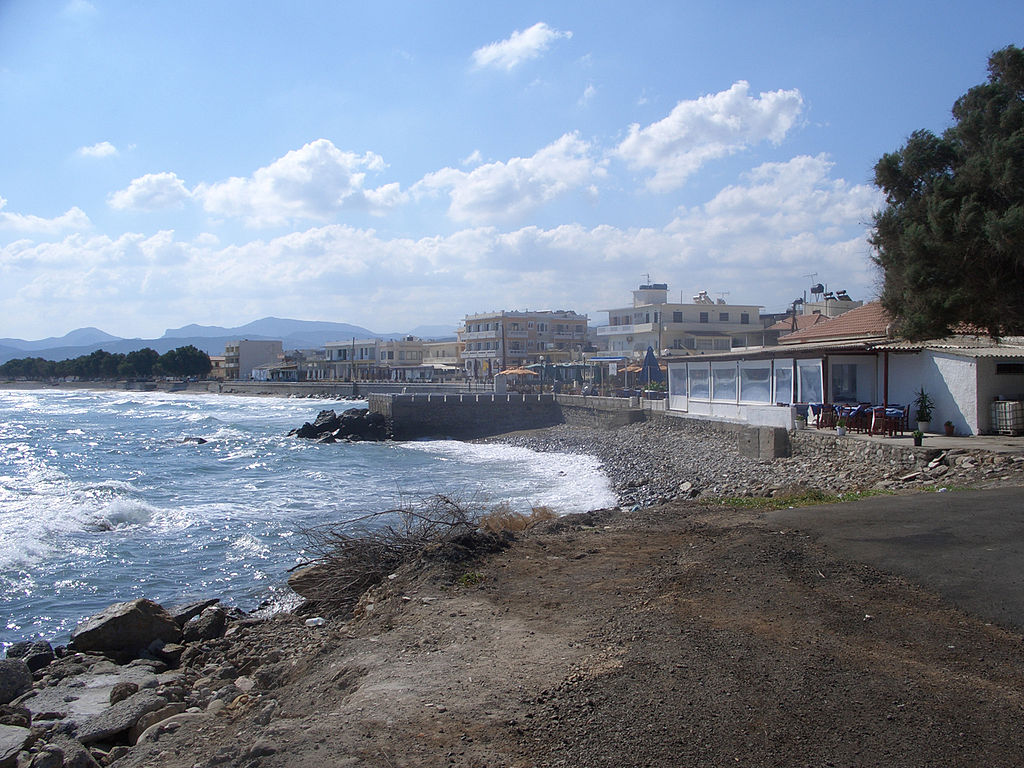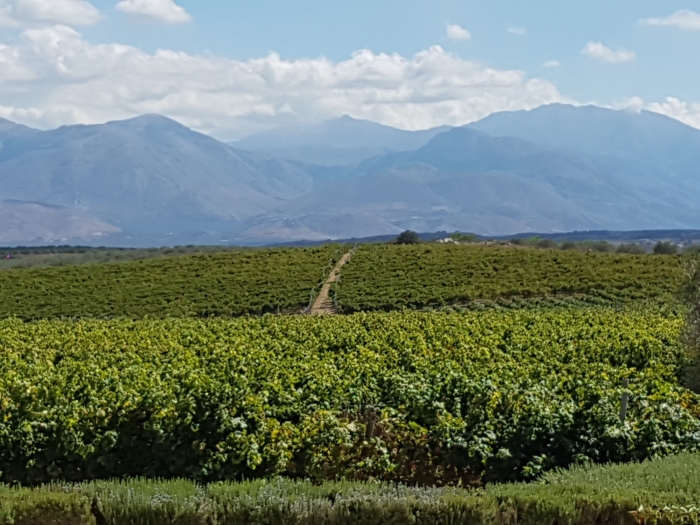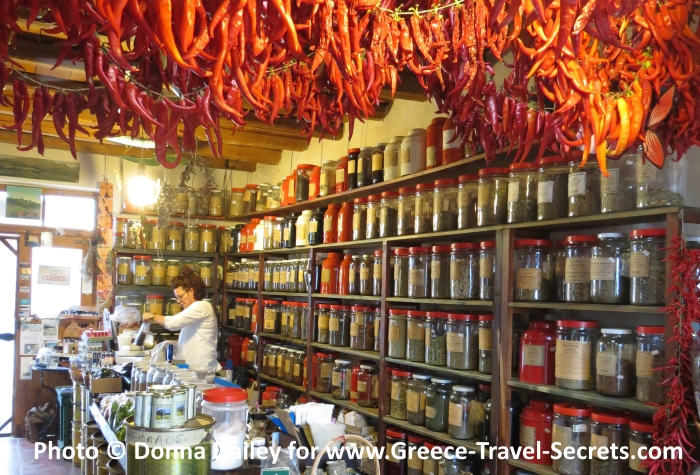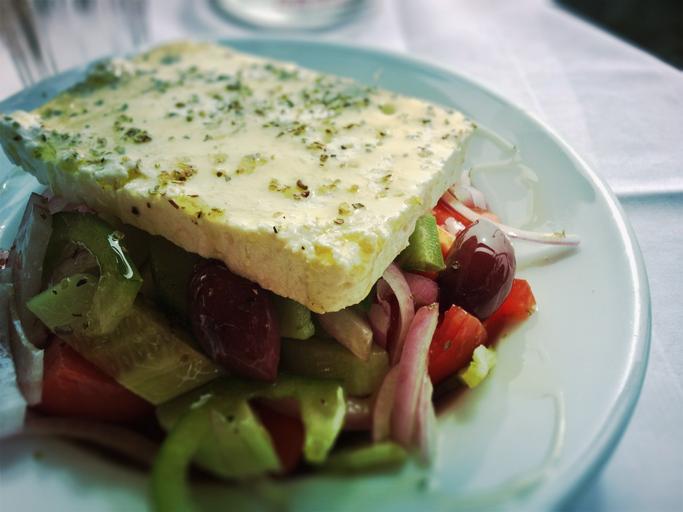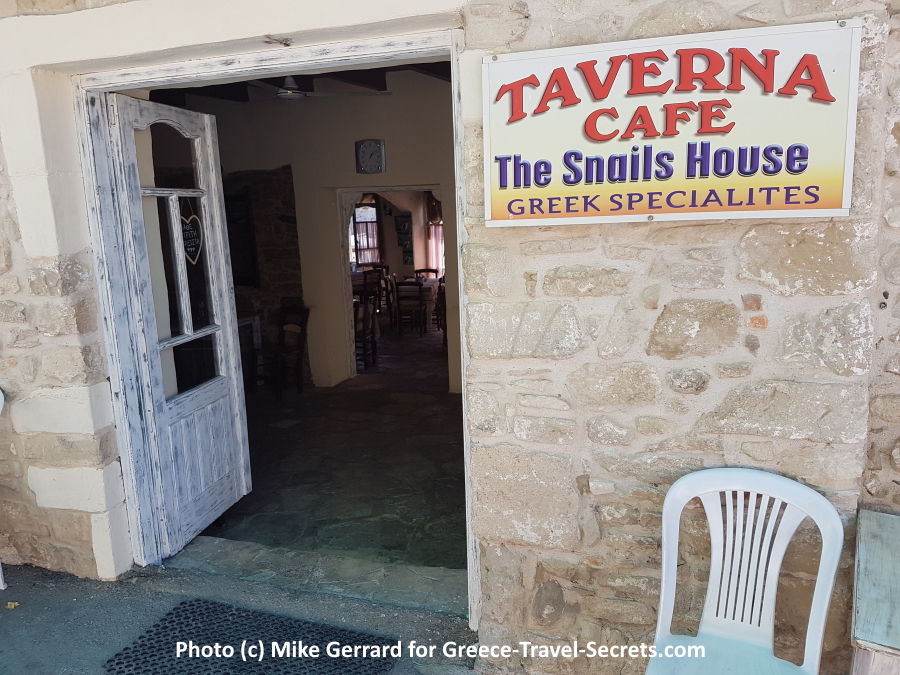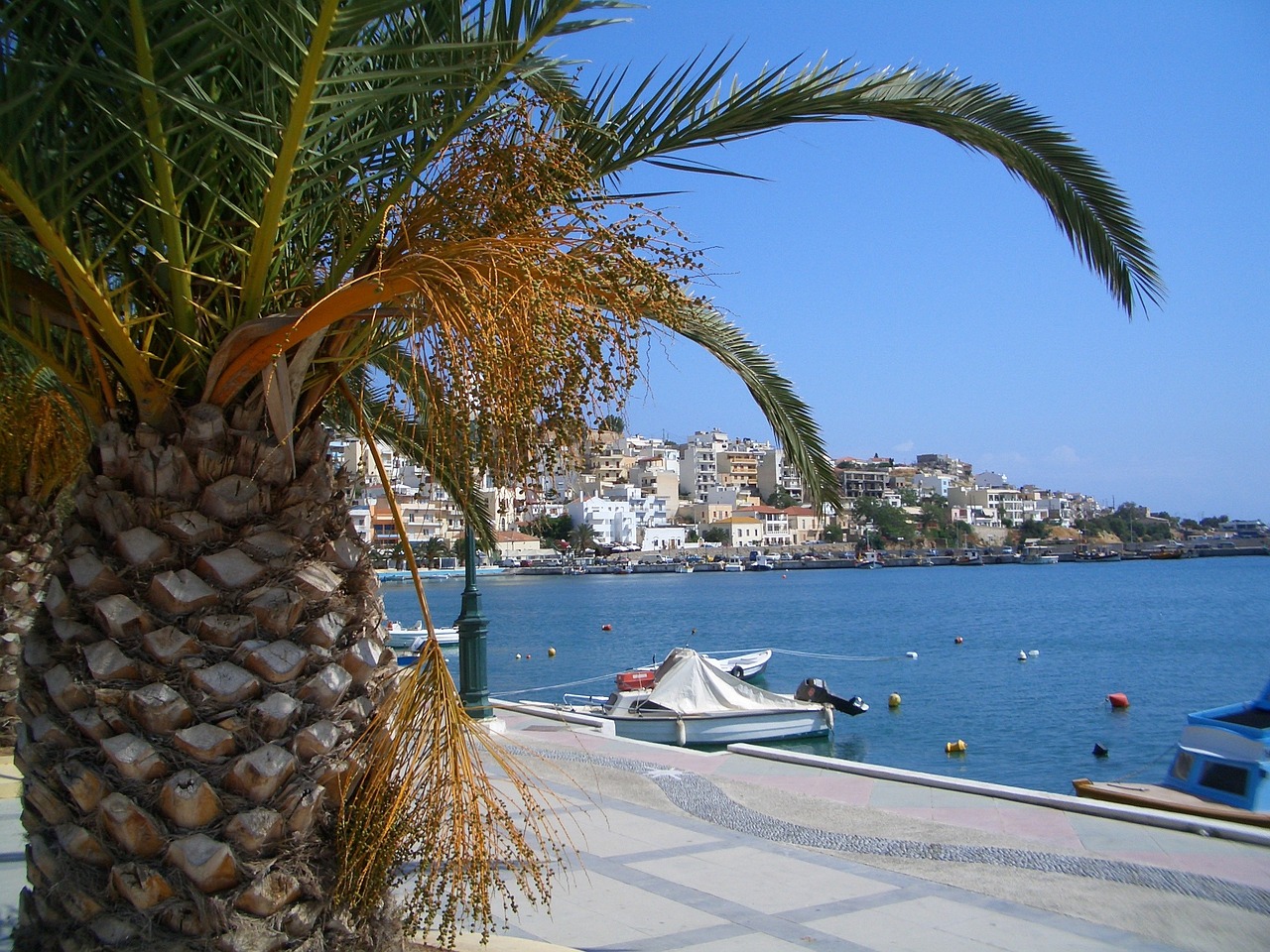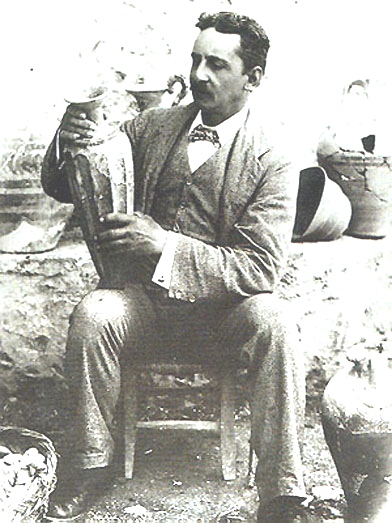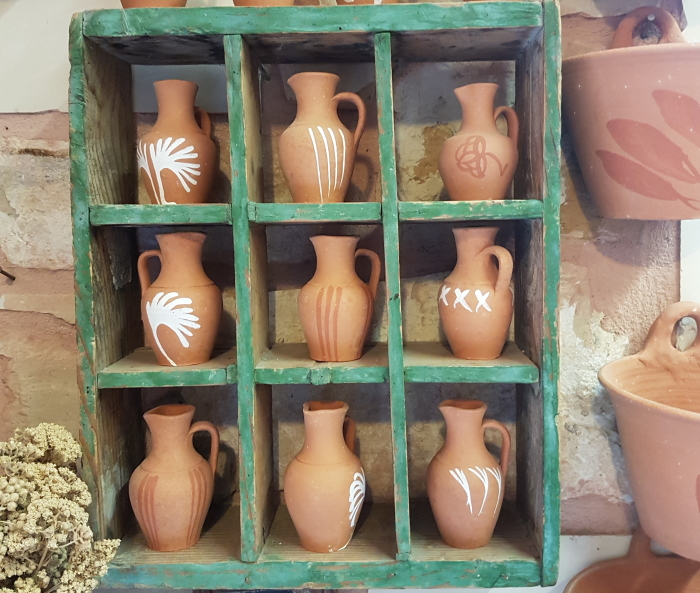Making Rakomelo on Crete
Greece Travel Secrets visits Crete and learns about making rakomelo from Jorgos Kourmoulis in Agouseliana.
Rakomelo: A Popular Souvenir
On a recent trip around Crete with www.gocrete.net we discovered lots of new Crete treats including petimezi and, here, making rakomelo.
What is Rakomelo?
If you know any Greek you can figure out that rakomelo combines raki with meli: raki and honey. So it's a sweet alcoholic drink, flavoured with spices, particularly cinnamon. Everyone has a slightly different recipe, and it's made on several Aegean islands, on the Greek mainland and also on Crete.
We wanted to learn more about rakomelo, so our guide Isidoros from www.GoCrete.net tracked down Jorgos Kourmoulis. Jorgos makes rakomelo for his family and friends but his recipe is so good that a company in Canada wants him to go into commercial production to make rakomelo for them.
Jorgos Kourmoulis

We met Jorgos at his sister Niki's café, the Mylos Café, in the village of Agouseliana, about a half-hour south of Rethymnon. It was early evening and we were on our way to Agiroupoli, where we were going to spend the night. This being Crete, Jorgos of course poured us some raki to clink glasses, and Isi translated as Jorgos shared his rakomelo secrets.
'First,' he said, 'you have to find good quality raki.' The raki we were drinking was super-smooth so it's obvious Jorgos had found a good source.
'After the first distillation you put the
raki in the same pot and you add the dried herbs. During the second
distillation the herbs give all the extracts. Before you use the herbs they
have to be dried in a shady and well-ventilated place, not in direct sun. But
they have to be cut at the right moment, when they have the flowers. Each herb
is collected at a different time, from early June to early September. Another
important thing is that when you cut the herbs the moon has to be in the
growing stage, waxing, because then all the important elements are in the herb,
not in the roots.'
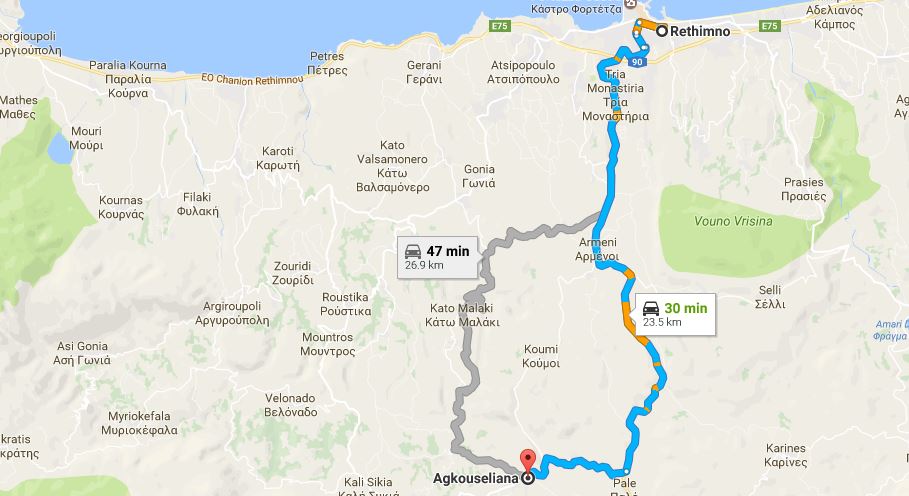 (c) Google Maps
(c) Google MapsRakomelo Recipe
Jorgos uses a recipe from Agouseliana, which calls for various herbs that Jorgo picks in the mountains around They include thyme, salvia, a kind of mint (mentha pulegium or pennyroyal) and another kind of thyme (thymus capitatus). After the second distillation he stops the procedure when the raki is about 40%ABV and is still warm, but not hot, and this is the time to add the honey, which is mainly thyme honey.
'If it's not warm the honey won't mix,' he says, 'and if it's too hot you lose the flavour of the honey.'
Ceylon Cinnamon
It's also now that another vital ingredient is added, Ceylon cinnamon, which also helps to give the drink its brandy-like colour. Jorgos explains that Ceylon cinnamon is eight times more expensive than regular cinnamon, but it's vital to get the best quality. Some makers use cheap cinnamon to cut costs, and some even use cinnamon flavouring, but Jorgos wants the best rakomelo he can produce. With the addition of the cinnamon stick and honey, Jorgos leaves the mix for 20-30 days. Then when it's clear it's ready to bottle.
'It's a superfood!' he tells us. 'The grannies of the village would drink a glass every morning and they live for many years. They also have a glass when they come back from working in the fields, especially when they're wet and they're protected from the cold. French scientific research that has been done over about eight years says that thyme can kill bacteria from the body within one minute, especially for deep diseases of the lung and bronchitis.'
Greek Distilling Regulations
At the moment Greek regulations mean that Jorgos can only produce 100 kilos for family and friends before it's regarded as a commercial production and all kinds of rules and expenses come into play.
'Two years ago,' he explains, 'the Greek state changed the law about distillation and made it very strict and very expensive. If you want to be legal and sell it then you must have a custom licence. To get the licence you need the proper storage space, and you need to have a special machine so you can print on the bottle which cannot be removed. The cost of this machine and the storage and the licence is about 100,000 euros. This is just to start. Then you have to pay 11 euros per litre in taxes per 100% alcohol. The final proof of the rakomelo is 29-30% ABV so the tax is about €3 per litre.'
The Perfect Recipe!
Jorgos has spent two years perfecting his recipe, but his perfectionism may be paying off. He sent samples of his drink to a company in Canada that were interested in it, and someone is coming to Athens to discuss it.
'But they want 200,000 litres,' Jorgos says, which is quite a step up from 100 kilos. 'Imagine how much honey you would need! The mountains are full of herbs, and I can get the honey and the raki. The problem is the storage rooms and the cost.'
Despite the hurdles, Jorgos is looking at how to raise the money to go into commercial production.
'In a society that is getting poorer and poorer,' he says, 'two things flourish: gambling and alcohol. In the last few years rakomelo is one of the top choices for tourists to buy.'
He clinks our raki glasses again.
'Yammas! The most important thing is to love what you're doing!'
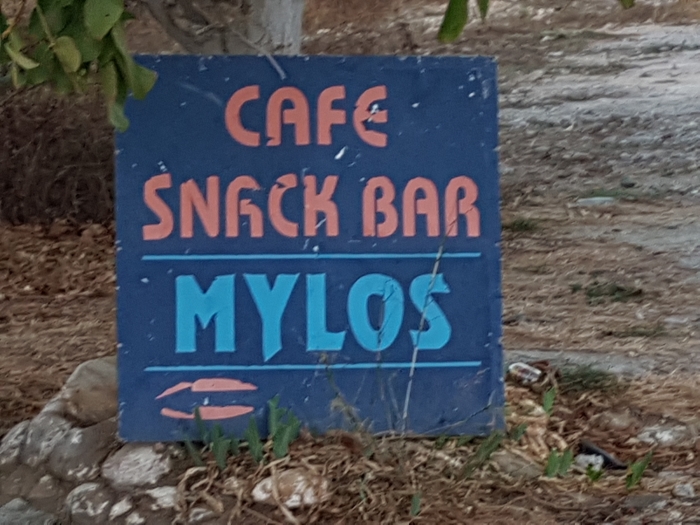
If you want to try some of Jorgos's rakomelo, you'll find the Mylos Café next to the war memorial in the village of Agouseliana.
Greece Travel Secrets would like to thank www.gocrete.net for arranging the meeting as an additional stop on one of their tours of Crete.
Latest Posts
-
Explore Vikos Gorge: Hiking, Rafting, and Food in Zagori
One of the most impressive canyons in Europe and one of Greece’s favorite mountain destinations, Vikos Gorge invites hikers and food lovers alike. -
Lefkada: The First Ancient Theater of the Ionian Islands Comes to Light
The first ancient theater ever discovered in the Ionian Islands is located in the heart of the ancient city of Lefkada, established before the end of the 7th century BC. -
5 Epic Island Hikes in Greece for Spring Explorers
This spring, five majestic peaks across Greece’s islands invite us to lace up our boots and discover a wilder side of island life. -
Greek Ferry Services to Halt on May 1 Due to Labor Strike
Ferries in Greece will remain docked for 24 hours on Thursday, May 1, as the Pan-Hellenic Seamen’s Federation (PNO) joins Labor Day mobilizations announced by the General Confederation of Greek Labor… -
Sifnos: Greece’s Hidden Culinary Star on the Rise
Sifnos, a Cycladic island, is gaining fame for its rich culinary heritage, especially the beloved melopita honey-cheese tart. -
Easter in the Mystical Castle of Monemvasia
In the castle town of Monemvasia, with its dramatic medieval backdrop and sea views, Easter is a deeply spiritual and atmospheric experience. -
Easter in Leonidio: A Tapestry of Light, Culture and Cliffs
In Leonidio, Easter comes alive with handmade hot air balloons in the sky and lanterns made from bitter oranges in the streets. -
The Lesser-Known Traditions of Greek Easter
Step off the beaten path this spring and discover the enchanting — and often surprising — Easter traditions found across Greece. -
April 9 Strike in Greece to Impact Public Transport, Ferries and Air Travel
Transportation and travel across Greece will face disruptions on Wednesday, April 9, as public transport, ferry and aviation workers join a nationwide strike called by Greek labor unions. -
Ancient Theater of Lefkada Brought Fully to Light Following Systematic Excavation
The Greek Culture Ministry has announced that the first ancient theater ever identified in the Ionian Islands has recently been brought fully to light on Lefkada, revealing an impressive monument that…
